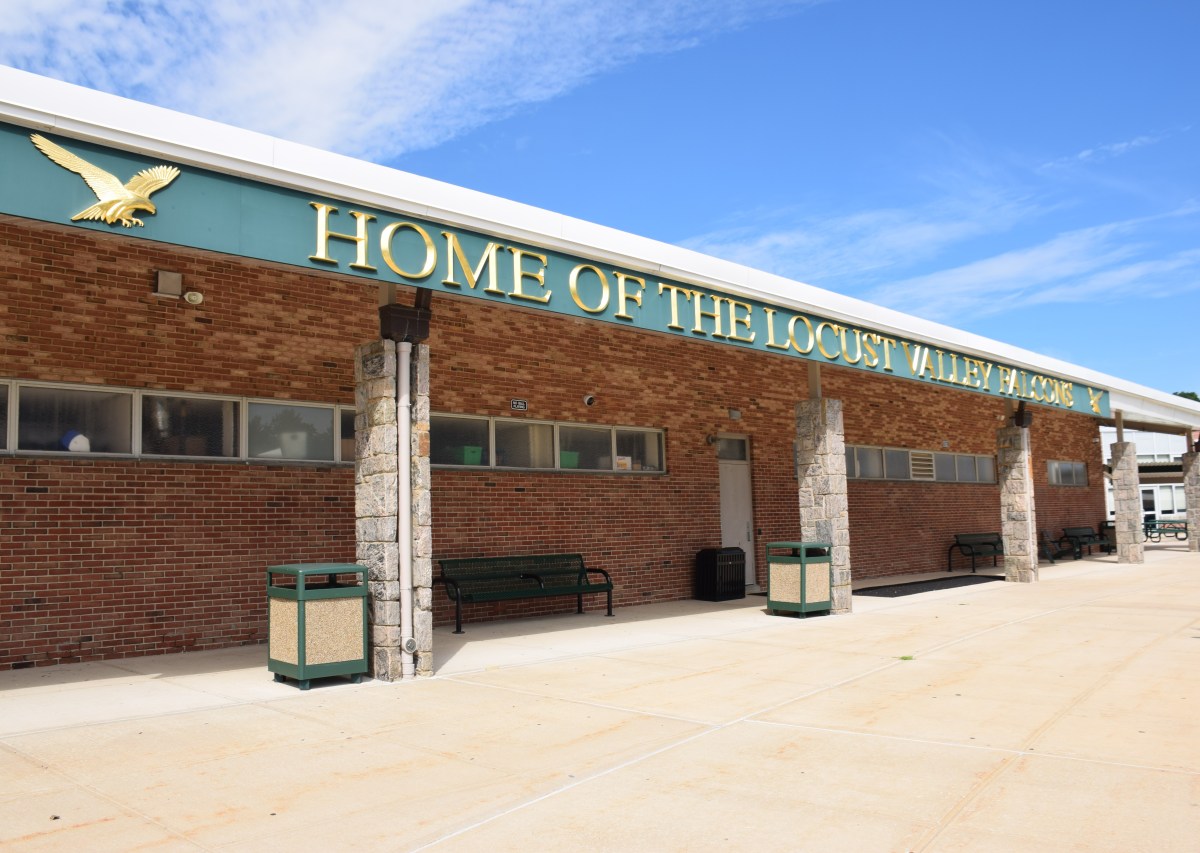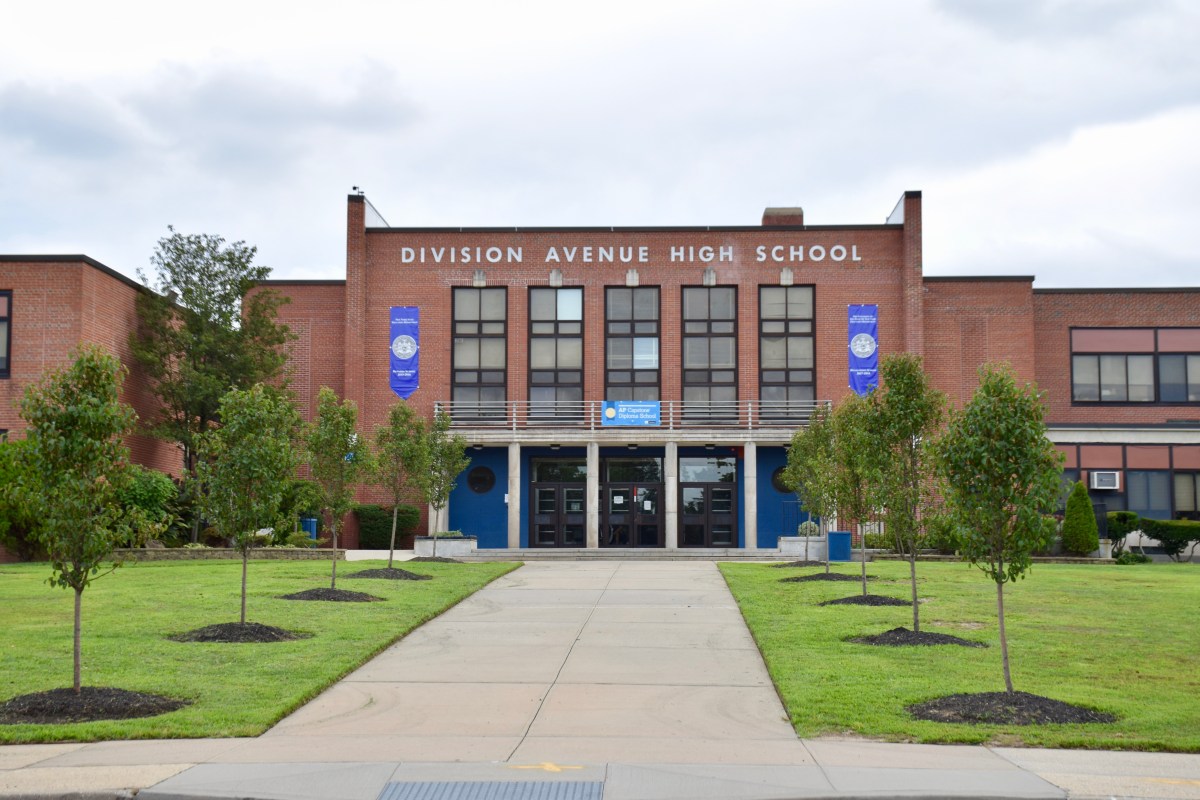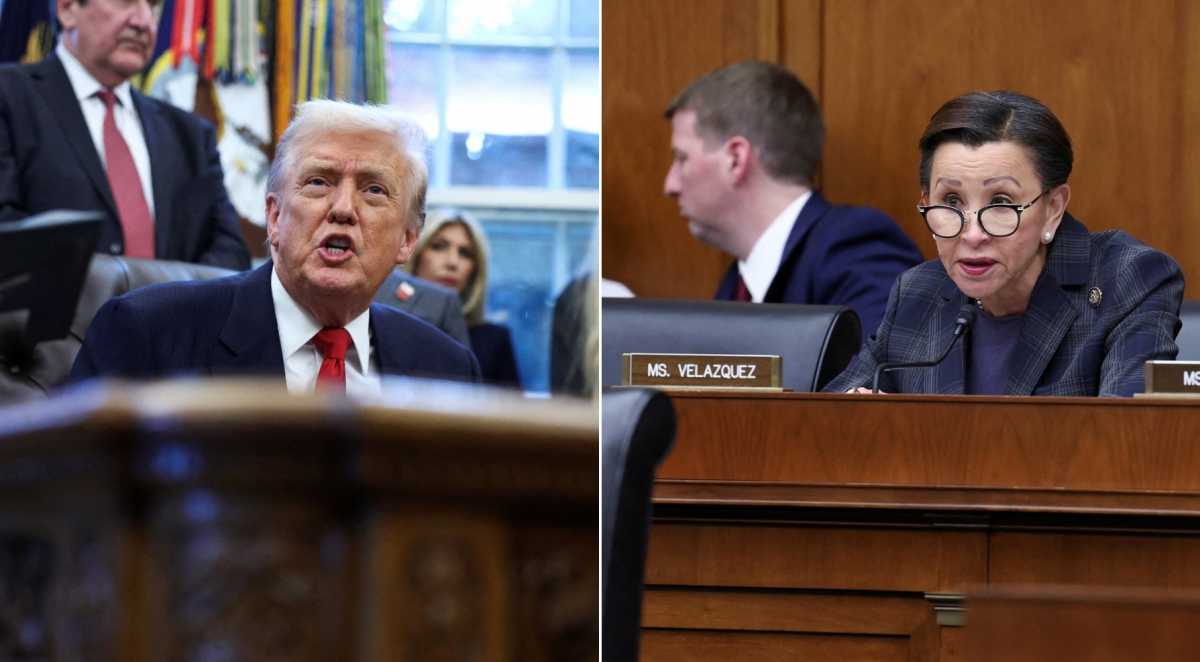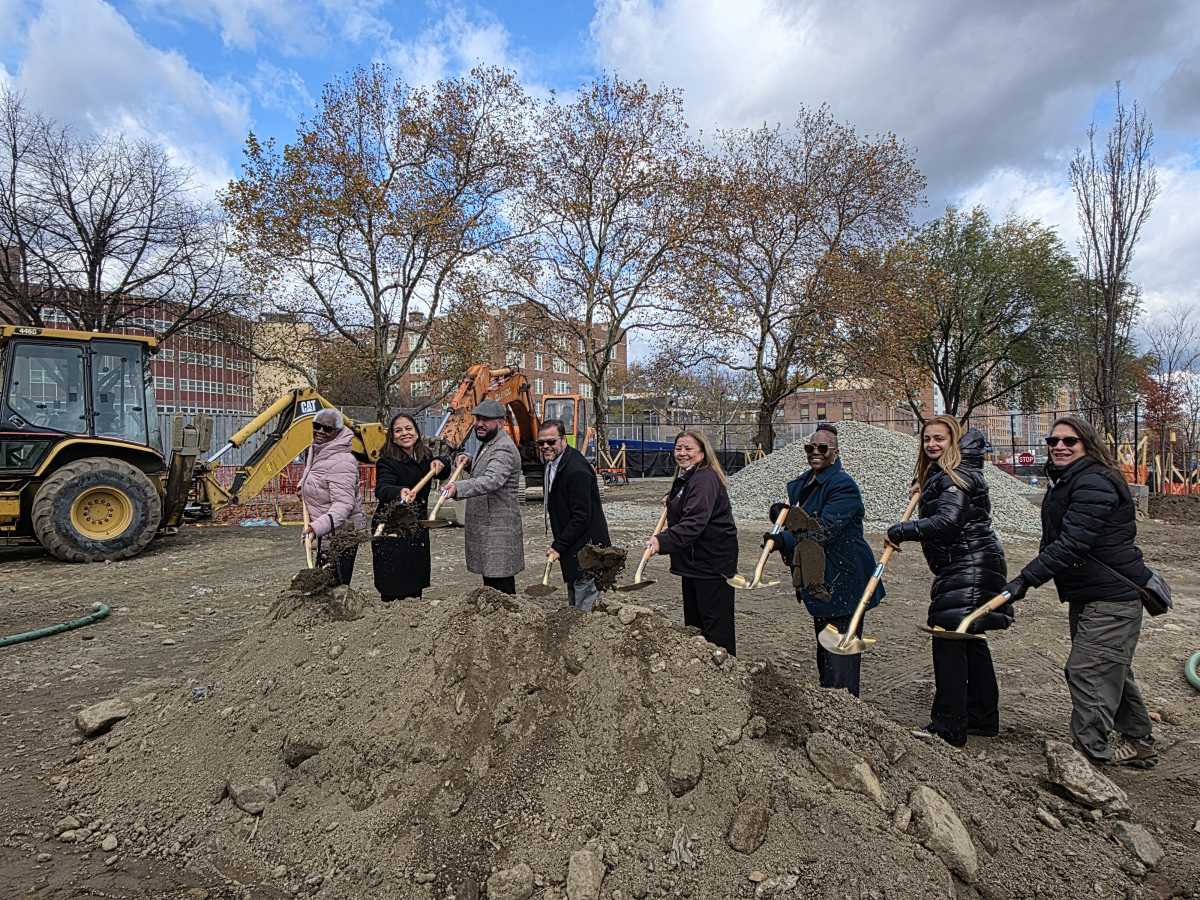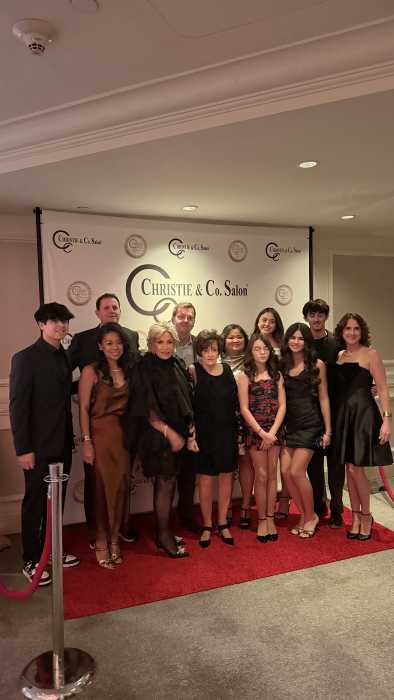Like an actor rehearsing a role, Keri Small stood up in front of a Brooklyn classroom and began teaching a math lesson in quadratic equations.
There was only one person in the classroom at Bedford Stuyvesant Collegiate, Ijeoma Duru, her mentor, who played the role of student, but offered the sage advice of a master teacher.
“Ok, let’s try it again from the top,” Duru tells Small, a rising senior math major at New York University who is taking part in a summer program offered by Uncommon Schools to help train aspiring teachers of color.
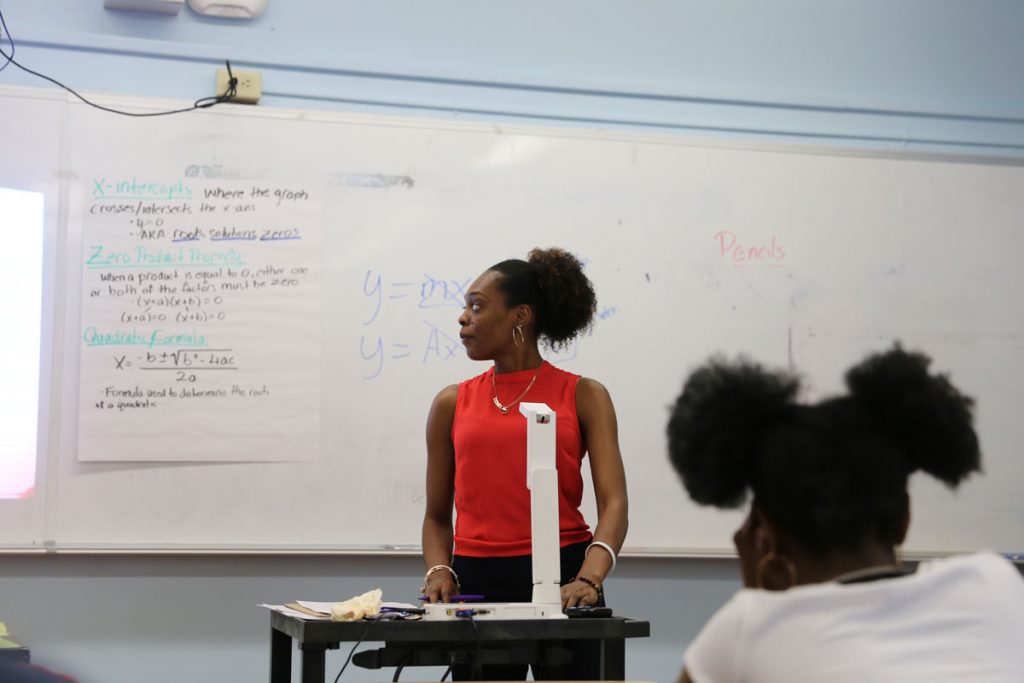
Both women are graduates of Uncommon Schools. Duru now works there, and Small is in college, planning to return as a math teacher when she graduates from New York University next Spring.
“Also, I don’t know if you are nervous but you move too much,” Duru said. “There’s power in your stance. As soon as you are ready, even if you are checking, stand still. Your hand placement is perfect. When you are standing still, all eyes will definitely be on you.”
Small does her lesson again, this time almost flawlessly.
For Small, the feedback is invaluable.
“I’ve wanted to be a teacher since I was little,” said Small, whose parents came to the United States from Guyana when she was 11. Small attended public district school, then transferred to Uncommon School’s Williamsburg Collegiate for eighth grade and graduated from Uncommon Charter High School. She attends NYU on a scholarship.
Small is one of 134 rising college seniors participating in the Summer Teaching Fellows program offered by the charter school network, which has 23 schools in Brooklyn, as well as schools in Rochester and Troy, Camden and Newark, N.J., and Boston. In its Brooklyn schools, it serves more than 8,000 students.
Uncommon Schools developed the program to help it recruit teachers of color into its network, which serves predominantly Black and Latino students. About 42% of its teachers are people of color, more than twice the national average.
More than 80 percent of the fellows in this year’s Summer Teaching Fellows Program are college students of color.
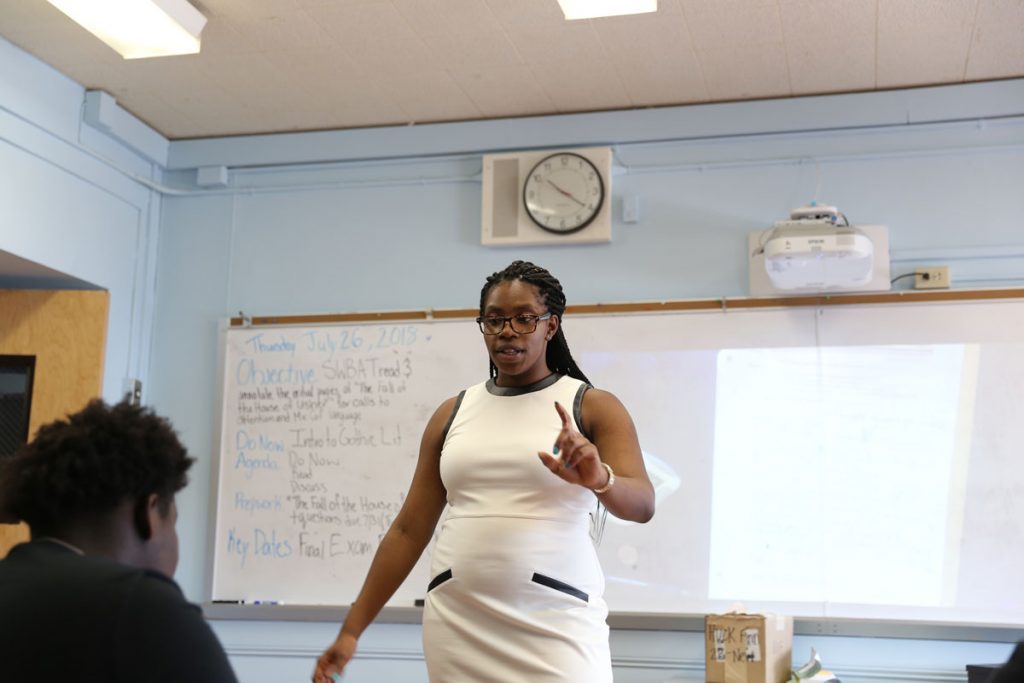
Teylor Hamilton, who is majoring in English and secondary education at Marist College, knows how important it is for minority students to have teachers of color. Hamilton, who grew up in the Bronx and attended the Bronx Center for Science and Math, said she didn’t have a single teacher of color in high school and only one black teacher in eighth grade[BM3] .
“If you as a minority student are only seeing white people in the classroom, you think the world is built only for white people and not black people,” said Hamilton, who hopes to teach high school English after college graduation.
Studies have shown that having teachers of color can help close the achievement gap. A 2017 study by the IZA Institute of Labor Economics concluded that having at least one black teacher in third through fifth grades significantly increased a black boy’s probability of finishing high school, particularly among very low-income students.
Erica Scriven said most of her teachers were black where she attended school in Hopkins, S.C., a suburb of the state’s capital, Columbia.
“It made a difference in my love for education and why it needs to be taken seriously,” said Scriven, who is majoring in English at Claflin University in Orangeburg, S.C. “I feel like I have a bond with the students. I’ve experienced what they’ve gone through.”



